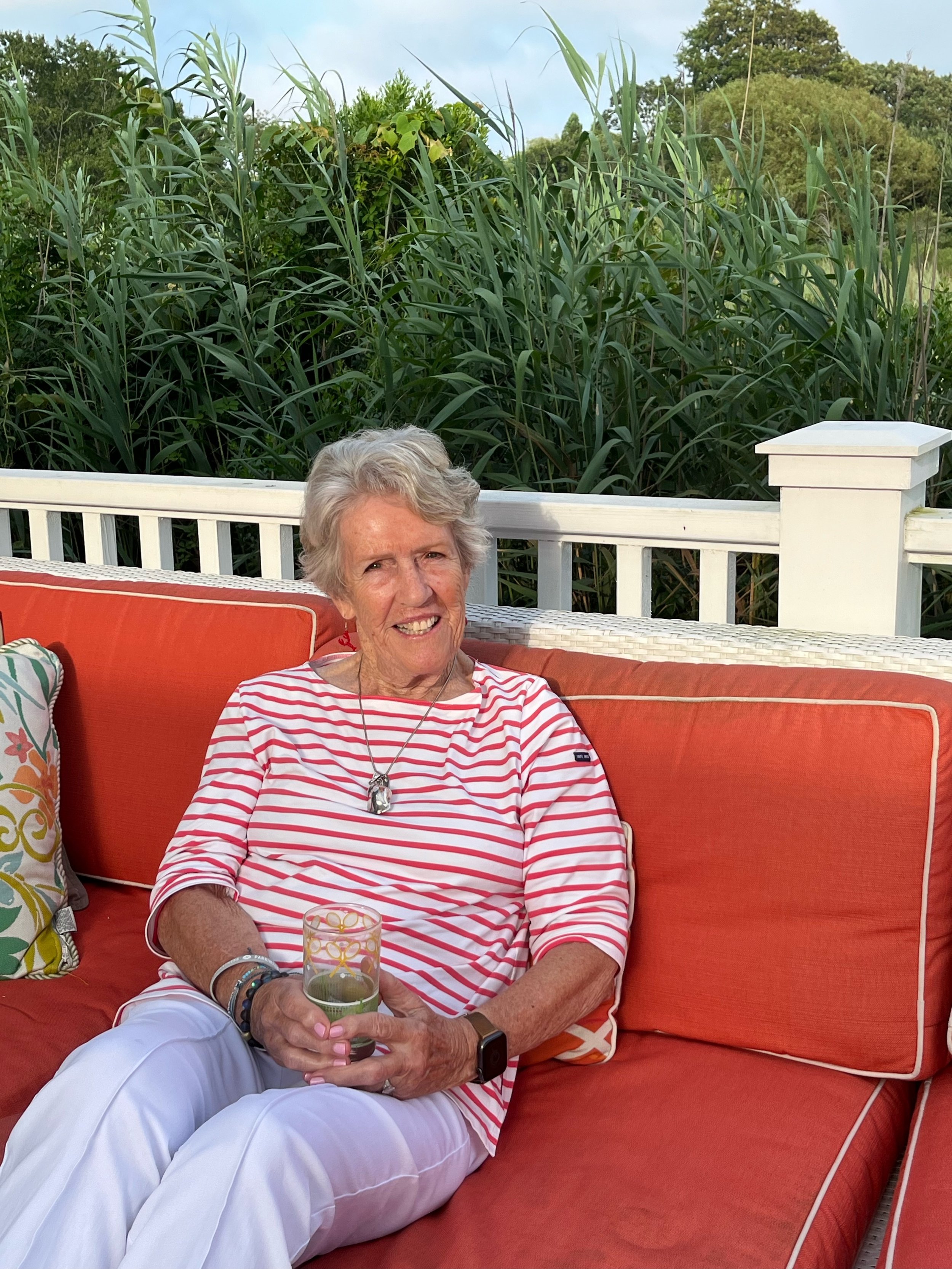FLAGS, FLOWERS AND A BULLY NAMED PUTIN
/The flag of Ukraine consists of two horizontal stripes — light blue on top, bright yellow at the bottom. The blue stripe represents the sky. The yellow stripe stands for the fertile land and fields of Ukraine. Together they create a flag that is a bucolic and unthreatening symbol for this land of 43 million people.
Their national flower is the sunflower. Ukraine, which is approximately the size of Texas and the second largest country in Europe, is the world’s largest producer/exporter of sunflower seeds and oil. A Kiev resident says, “You’ll see sunflowers in the yards of village houses. They are woven into wreaths for girls to wear at celebrations. They are embroidered on fabrics and painted on walls, wooden furniture, and household items in a folk art called ‘petrykivka.’”
Within hours after Russian T-90 tanks thundered across the border last week and began mercilessly shelling cities populated with shocked innocent people, the world was awash with yellow and blue. Both the Ukrainian flag and its native sunflower suddenly became totems of hope and symbols of resistance across the globe.
The Eiffel Tower in Paris, the Colosseum in Rome and the Empire State Building in New York City basked in yellow and blue lights all week. Senators and representatives wore sunflower lapel pins during President Biden’s State of the Union address. Others waved small Ukrainian flags.
London’s Russian Embassy was photographed covered in blue and yellow graffiti, signs and sunflower drawings. Nearly every hour on FaceBook, members post new photos and paintings of sunflowers. The most popular emoji on line today is the sunflower icon.
What sparked this worldwide reaction and embrace of flag and flower? It’s widely attributed to a brave Ukrainian woman who confronted a heavily-armed Russian soldier and suggested he carry sunflower seeds instead of an AK-47. “Put these seeds in your pockets,” she told the soldier, “so at least sunflowers will grow when you all lie down here.”
Sunflowers have grown throughout the world since 1000 B.C. and were originally cultivated as a valuable food source for humans, cattle and poultry. Native Americans relied on sunflower oil as a topical anti-inflammatory and pain reliever. They ate seeds to treat coughs and get rid of warts. The Aztecs of Peru worshipped sunflowers and placed sunflower images made of gold in their temples.
Sunflower bouquets were used to show resilience in the early Olympic games. Following the disastrous Asian tsunami in 2004, parents planted sunflowers in memory of the countless children lost, even though that region is best known for cultivating roses. Today, in addition to being a highly regarded dietary addition for lowering cholesterol and treating arthritis, sunflowers are a beacon of hope for Ukraine’s survival as a nation.
The capital city of Kiev is nearly 5000 miles from New York City. But those miles shrink when you see photos of little children hugging stuffed animals as they board trains and buses for evacuation to Poland, or watch television images of massive devastation in Kherson, or think about that 40-mile convoy of tanks and armored vehicles headed directly toward Kiev.
Putin is an amoral and unhinged bully whose rash actions might unleash a wider war. Undoubtedly, bleaker days lie ahead for the Ukrainian people. One can only hope that Helen Keller’s words might offer comfort and resolve: “Keep your face to the sunshine and you cannot see the shadows. It’s what the sunflowers do.”
Let hope prevail.





